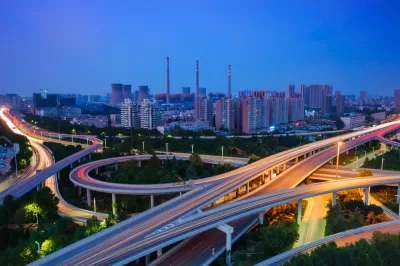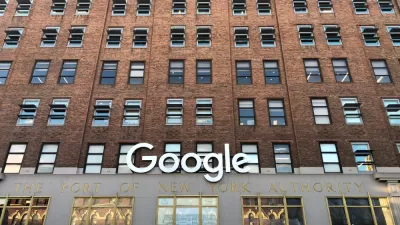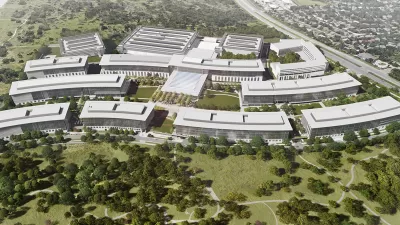Foxconn and millions who work at Apple's many suppliers make their homes in Zhengzhou, a place many in China call iPhone City.

When it's running at maximum efficiency, a half million phones originate each day from one place, "Zhengzhou, a city of six million people in an impoverished region of China," according to reporting from David Barboza in The New York Times. This industry was built with wide-reaching cooperation from local government, which has given out 1.5 billion dollars to support the operation, building large parts of the factory and housing for Foxconn's workers, among other projects intended to support the export of Apple's phones.
Apple is not alone in benefitting from Chinese subsidies: Dell, Samsung, and many other multinationals have production facilities in the country. "While Apple came later than many technology companies, it now generates nearly a quarter of its revenues from sales in China and has some of the fattest profit margins in the business," Barboza writes. Costs are kept down in part by government subsidies, information about which is kept secret. "As China’s largest private employer, Foxconn, a Taiwanese company, has enormous leverage in the negotiations for those incentives," Barboza reports.
Support for this kind of arrangement may be waning in both the China and the United States. China's President Xi Jinping and Incoming American President-elect Donald Trump have both stated their discomfort with globalism, threatening tariffs and other anti-trade legislation.
FULL STORY: How China Built "iPhone City' with Billions in Perks for Apple's Partners

Planetizen Federal Action Tracker
A weekly monitor of how Trump’s orders and actions are impacting planners and planning in America.

San Francisco's School District Spent $105M To Build Affordable Housing for Teachers — And That's Just the Beginning
SFUSD joins a growing list of school districts using their land holdings to address housing affordability challenges faced by their own employees.

The Tiny, Adorable $7,000 Car Turning Japan Onto EVs
The single seat Mibot charges from a regular plug as quickly as an iPad, and is about half the price of an average EV.

Seattle's Plan for Adopting Driverless Cars
Equity, safety, accessibility and affordability are front of mind as the city prepares for robotaxis and other autonomous vehicles.

As Trump Phases Out FEMA, Is It Time to Flee the Floodplains?
With less federal funding available for disaster relief efforts, the need to relocate at-risk communities is more urgent than ever.

With Protected Lanes, 460% More People Commute by Bike
For those needing more ammo, more data proving what we already knew is here.
Urban Design for Planners 1: Software Tools
This six-course series explores essential urban design concepts using open source software and equips planners with the tools they need to participate fully in the urban design process.
Planning for Universal Design
Learn the tools for implementing Universal Design in planning regulations.
Smith Gee Studio
City of Charlotte
City of Camden Redevelopment Agency
City of Astoria
Transportation Research & Education Center (TREC) at Portland State University
US High Speed Rail Association
City of Camden Redevelopment Agency
Municipality of Princeton (NJ)




























